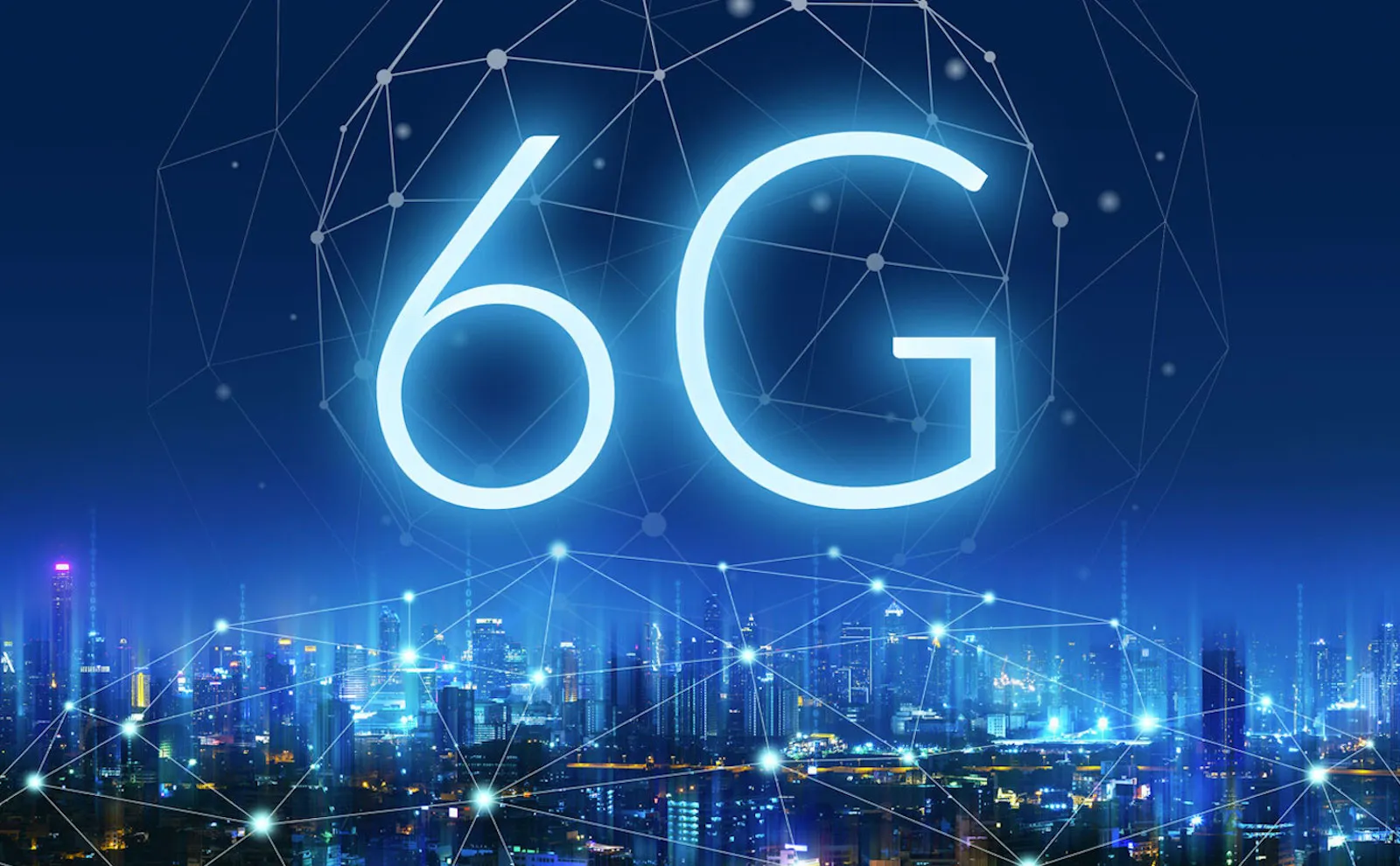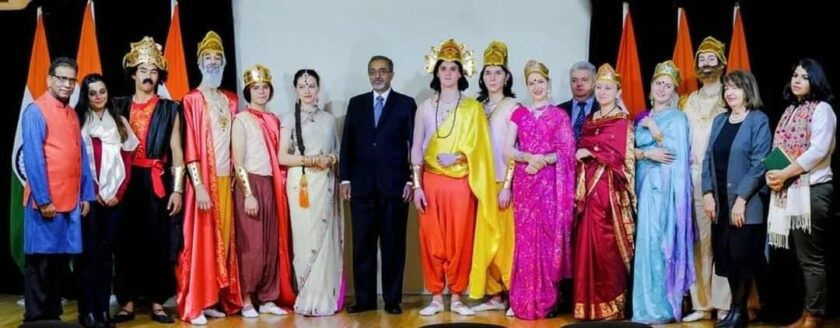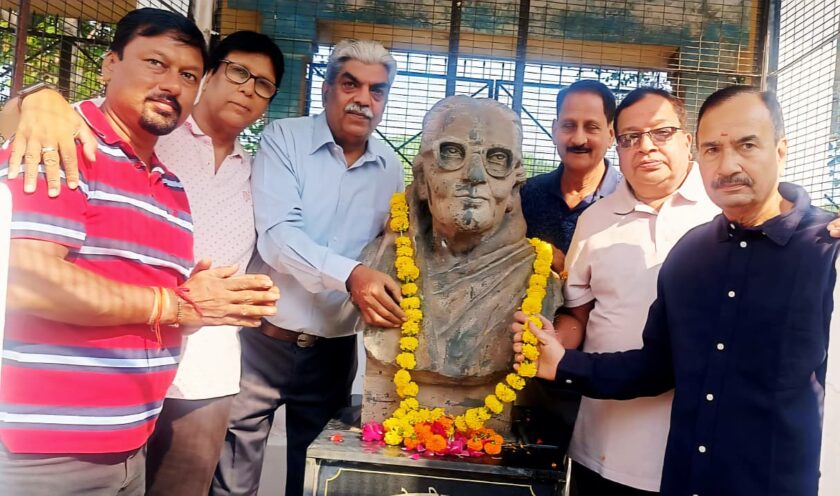New Delhi: India is rapidly advancing toward the era of 6G technology, with experts at the India Mobile Congress (IMC) 2025 highlighting the country’s potential to shape global network innovations in the coming years.
Ashutosh Datta, Chief 5G Strategist at Johns Hopkins University, emphasized that ubiquitous connectivity will be a crucial requirement in the future. “Not everyone has access to a tower or Wi-Fi,” he noted, “so satellite networks will play a major role in bridging connectivity gaps.”
Integrating Satellite and Ground Networks
Datta explained that seamless connectivity in next-generation networks will require the integration of terrestrial and non-terrestrial systems. He urged operators, researchers, and tech companies to collaborate on testbeds and simulation models to explore new 6G applications. He also highlighted data security and privacy concerns, especially during switching between Wi-Fi, satellite, or other networks.
India’s Technological Edge
India, according to Datta, possesses both technical expertise and government backing. He stressed the importance of industry, government, and academia working together to develop new skills in preparation for the 6G era.

Li-Fi: A Revolutionary Connectivity Tool
Professor Harald Haas, known as the “Father of Li-Fi,” discussed how Li-Fi technology could transform India’s connectivity landscape. He explained that in areas where laying fiber is challenging, Li-Fi can provide high-speed internet without cables, making it a game-changer for digital inclusion.
The discussions at IMC 2025 underscored India’s strategic role in 6G development and the global interest in the country’s approach to next-generation connectivity solutions. With the right collaboration between stakeholders, India is poised to lead the world into a new, hyper-connected future.






